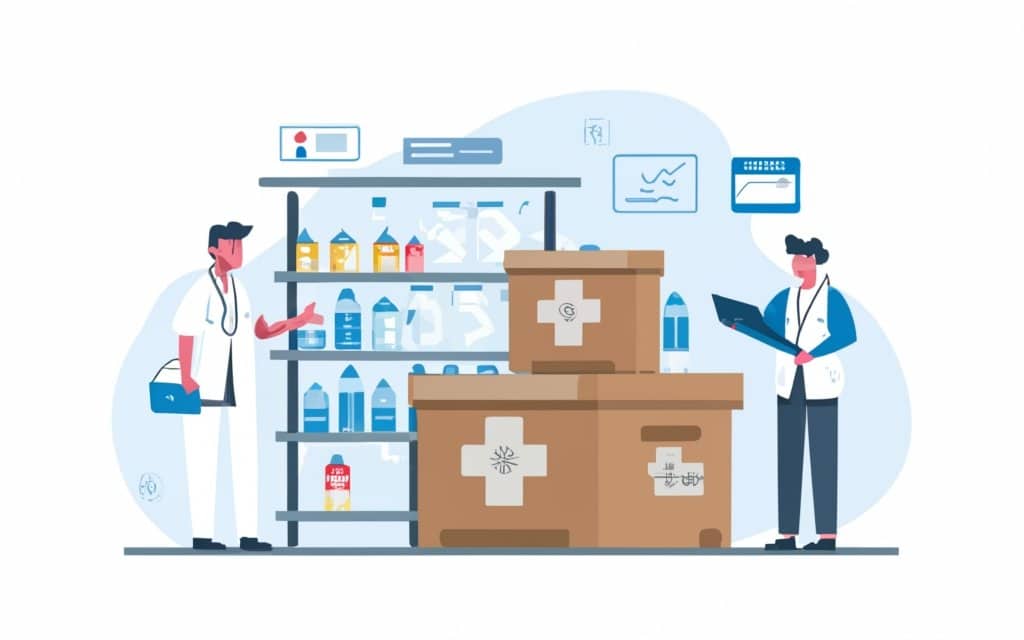In the relentless pursuit of cost reduction and operational efficiency in healthcare, the spotlight is increasingly on transforming hospital supply chains. Surgical implants and supplies, significant contributors to supply costs, have historically been managed inefficiently, with top-down ordering and a hands-off approach to inventory management.
Amid this landscape, a pivotal metric has emerged as a game-changer: Inventory Turnover. This efficiency ratio, calculated by dividing the Cost of Goods Sold by Average Inventories, provides a clear picture of inventory management efficiency. Hospitals tracking Inventory Turnover gain insights into usage and on-hand inventory levels, enabling them to adjust stock in response to procedural volume changes.
 Implementing Inventory Turnover as a Key Performance Indicator (KPI) requires meticulous measurement and tracking of on-hand inventories and usage. While the textbook definition involves an average inventory value, end-of-month inventory can be a practical proxy. Monthly tracking, achieved by annualizing the usage data, allows hospitals to monitor trends and identify areas for improvement.
Implementing Inventory Turnover as a Key Performance Indicator (KPI) requires meticulous measurement and tracking of on-hand inventories and usage. While the textbook definition involves an average inventory value, end-of-month inventory can be a practical proxy. Monthly tracking, achieved by annualizing the usage data, allows hospitals to monitor trends and identify areas for improvement.
Setting realistic goals is a crucial step in the journey to improved Inventory Turnover. Benchmarks from leading retailers like Wal-Mart and Target (7-10 times per year) provide a reference point. While certain specialty hospital departments may exceed these benchmarks (9-12 times per year), procedural areas like Vascular Operating Rooms and Interventional Radiology often target 4-5 times per year due to the diverse product requirements.
Reliable and accurate usage data is a cornerstone of effective Inventory Turnover tracking. Solutions like iRISupply from Mobile Aspects not only provide the necessary data but also offer expert guidance through a customer success program. A case study from a community hospital in Illinois highlights the transformative potential of Inventory Turnover tracking. By leveraging iRISupply data, the hospital doubled its Inventory Turnover ratio within eight months, paving the way for substantial savings and improved efficiency across procedural departments. Download the case study HERE.
